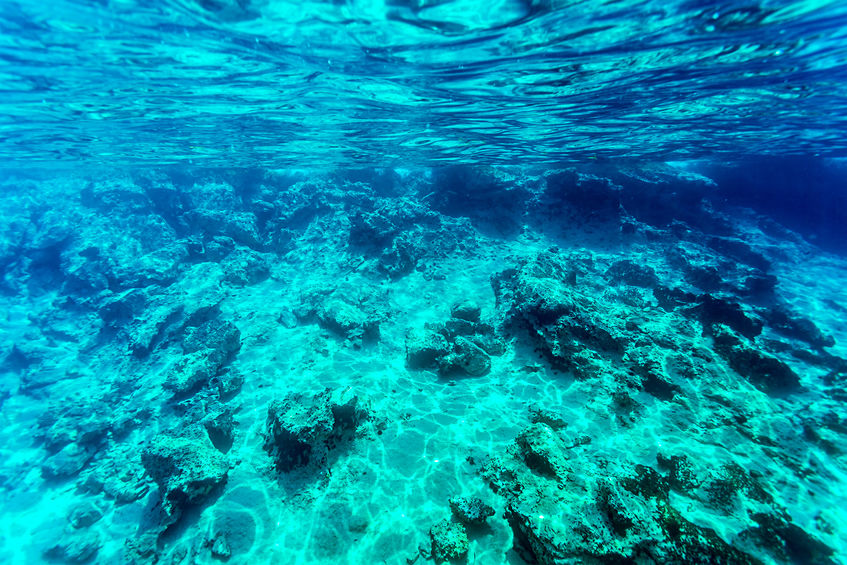While many questions about the ocean remain unanswered, researchers have been able to understand the journey algae take when they die, namely floating to the ocean floor and settling with the rest of the deep-sea sludge. Given that this process is happening constantly in oceans all around the world, lots of algal remains accumulate on top of the bacteria living on the seafloor. Over time, this kills many of those bacteria. However, a peculiar bunch of these bacteria have been able to survive. To learn more about these mysterious organisms, biologists and geochemists collected drilled-out samples of seabed that represent hundreds of thousands of years of organic matter accumulation. As reported recently in a Proceedings of the National Academy of Sciences publication, researchers have made some remarkable observations about the microbial communities surviving beneath the seafloor sediment.
As the PNAS publication details, contrary to what you might expect, the bacteria surviving beneath thousands of years of algae do not seem to be evolving at all. This finding stems from the fact that the bacteria living in such an energy-deprived environment are reproducing at a glacial pace – incredibly slowly. In fact, researcher calculations estimate that it takes these bacteria hundreds of years to double in number, in contrast to the doubling in minutes that most bacteria we’re familiar with undergo. Logic suggests that because the seabed bacteria are reproducing so slowly, any adaptations that they may be pressured to experience do not have much of an opportunity to be expressed.
One hurdle to studying the fascinating organisms that live in one of the most challenging environments on the planet is their inability to grow in a Petri dish. This has forced researchers to get creative by analyzing bacterial DNA present in seafloor samples. By using carbon dating on seabed mud samples pulled from different depths, researchers can get a good idea of how the bacteria, living at these various depths, have changed over time. However, as this analysis showed, the DNA of the microbes that have been buried for thousands of years has not really changed. In other words, there were minimal genetic differences within a population of bacteria over time. Researchers suggest that these results mean that the microbes on the surface of the seafloor are very similar to those buried under thousands of years of sediment. Further, it means that the microbes that are surviving were primed for this existence from the beginning, so it is not likely that they adapted to it.
Another interesting question the scientists sought to answer is how active these bacteria’s metabolisms are. From analyzing the sediment that is about 400 years old, the scientists found that the bacteria would likely be capable of one replication per year. Digging even deeper, to the 5,000-year-old sediment, researchers estimated one replication would take about 100 years!
As is often the case with scientific research, these findings have generated more questions than researchers started with but that’s just science at its best.


